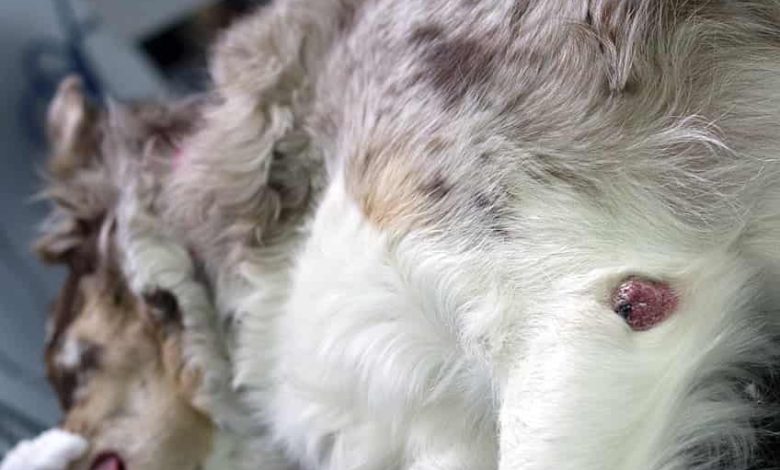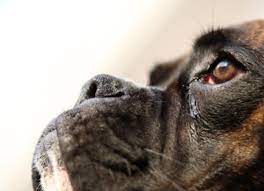A Comprehensive Guide to Dog Lump Pictures: What You Need to Know


As a dog owner, finding a lump or bump on your dogs can be a scary experience. While some lumps are harmless, others can indicate a more serious health issue. That’s why it’s essential to know what to look for and when to seek veterinary care. In this article, we will provide a comprehensive guide to dog lump pictures, including the types of lumps that can occur and their potential causes.
Understanding Dog Lumps: What Are They?
If you are searching for dog lump pictures, it’s important to keep in mind that not all lumps are the same. Some may be soft and movable, while others may be hard and immobile.
Additionally, some lumps may be located just under the skin, while others may be deeper inside the body. By understanding the different types of lumps that can occur in dogs, you can better identify what you’re seeing in pictures.
Common Types of Dog Lumps
Some common types of dog lumps include lipomas, sebaceous cysts, and mast cell tumors. Lipomas are benign, fatty lumps that are common in older dogs.
Sebaceous cysts are fluid-filled sacs that can be caused by a blocked oil gland, while mast cell tumors are a type of cancer that can be dangerous if not treated promptly.
Causes of Dog Lumps
There are several potential causes of dog lumps, including genetics, environmental factors, and certain medical conditions.
For example, some breeds may be predisposed to developing certain types of lumps, while exposure to toxins or radiation can also increase the risk. Other medical conditions, such as infections or autoimmune disorders, can also cause lumps to form.
What to Do if You Find a Lump on Your Dog
If you notice a lump on your dog, it’s important to take action. While some lumps may be harmless, others may require medical attention.
See also: 20 Adorable Cute Puppy Memes That Will Make Your DayBy observing the lump’s characteristics, such as its size, shape, and location, you can better determine whether it’s something to be concerned about. It’s also important to note any accompanying symptoms, such as lethargy or loss of appetite.
Treatment Options for Dog Lumps
In some cases, your veterinarian may recommend a biopsy or other diagnostic testing to determine the cause of the lump. Treatment options for dog lumps can vary depending on the underlying cause, but may include surgical removal, medication, or other therapies.




